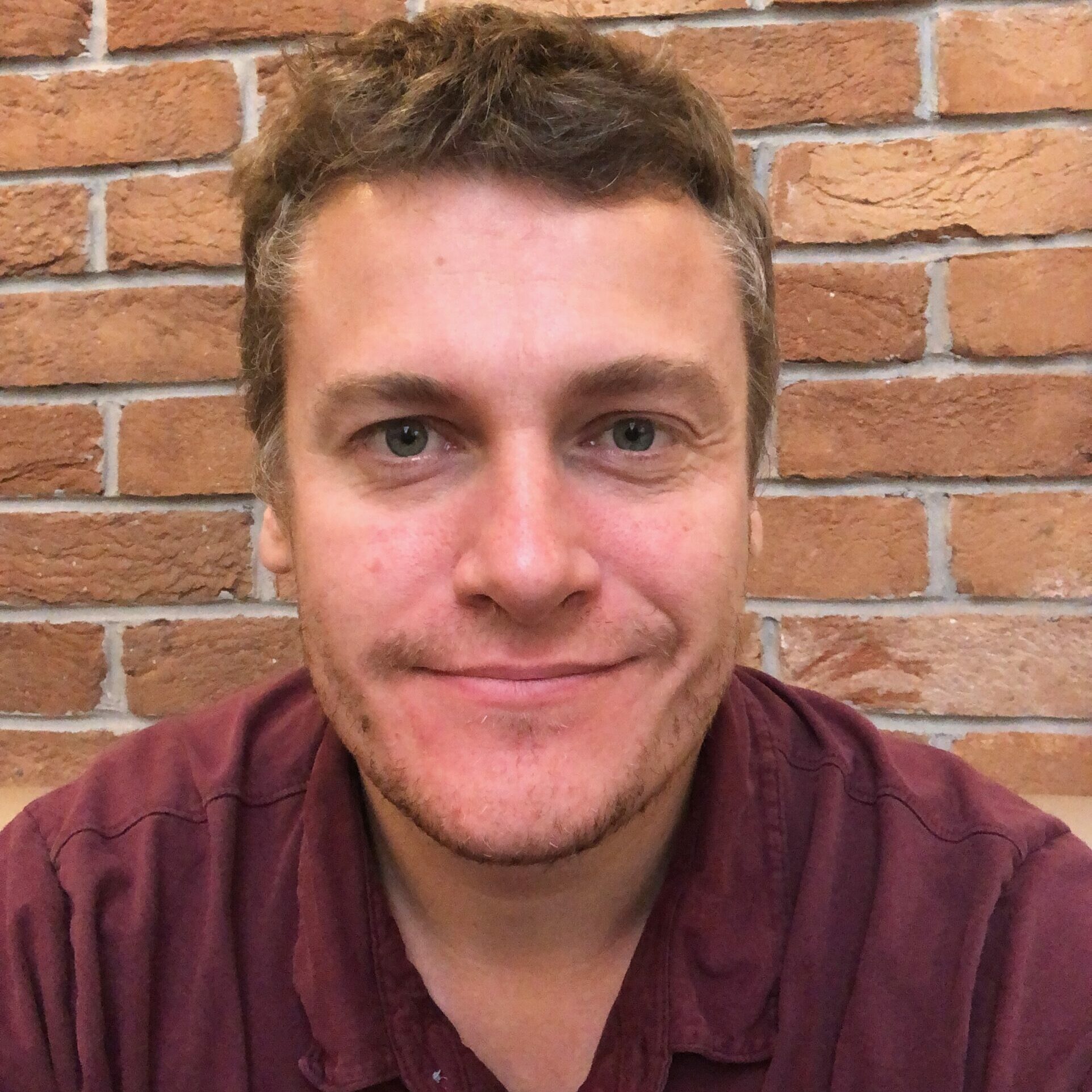Dr Peter Bray

Dr Peter Bray | Principal Investigator, REMADE
Email: p.j.bray@reading.ac.uk | Telephone (Mobile): +44 (0) 7968 536055
Senior Research Fellow, Archaeological Material Science, School of Archaeology, Geography and Environmental Sciences, University of Reading
Key Skills:
- Lead scientist microwave plasma – atomic emission spectrometry laboratory (MP-AES), Department of Archaeology, University of Reading
- New approaches to linking chemical, isotopic and metallographic data for metals with social and conceptual archaeology. Including case studies from the Chalcolithic to late Medieval in Europe and Asia.
- New methods for identifying and characterising technological and social decisions in scientific data, such as recycling and alloying choices.
- Innovative teaching and supervision with a commitment to pastoral care. Experience of a range of teaching methods and formats at all university stages.
- Novel applications of databases as a research tool, developing biography and prosopography of things, and identifying links between crafts.
Role:
My work as a Research Fellow in material science links the chemical analysis of metal objects with human history. My time is split between our new laboratory facilities in Reading and the Department of Science at the British Museum. I am working with colleagues to develop this exciting new collaboration.
Metal has been used to name several of our major archaeological periods, such as the Bronze and Iron Ages. I am using chemistry to research the social role of bronze at those early points, and how it changed and developed through to the Middle Ages, over three thousand years later.
Within the main composition of bronze (tin mixed into copper) there are often other elements present at very low levels. My research focuses on analysing ancient bronze objects to identify those compositions, and then working out what that specific mixture means in terms of the ‘biography’ of the material. Rather than being fixed, the level of chemical ‘impurities’ in the metal (often arsenic, antimony and nickel) can change over the long history of a unit of metal. This happens when bronze from different sources was mixed, or when metal was remelted and recycled.
With colleagues at the British Museum and the University of Reading’s chemical laboratories, we are developing several new projects. Sam Moorhead (BM) and I will look at the chemistry and political messages of late Roman British rebel coinage, to see how their breakaway Empire competed with their rivals. With Ross Thomas (BM), we plan to study Roman figurines that are encrusted with volcanic ash. Our work will confirm whether these were buried in the eruption of Vesuvius in AD 79, and explore the history of the metal objects, including their collection by Grand Tourists in the 18th century.
It is a privilege to hold this exciting Fellowship and to develop these new research links. This work is only possible thanks to the support of both the British Museum and University of Reading; and the investment by Reading in new laboratories, particularly a Microwave Plasma – Atomic Emission Spectrometer.
I have extensive experience of teaching archaeological science, and supervising masters and doctoral research. I welcome enquiries about new student projects or chemical case studies on any archaeological materials.
Publications:
Hommel, P., Bray, P.J., Khvostikov, V.A., Karandashev, V.K., Yu, Loboda, A., Kolchin, A.S, and Shishlina, NI. (2020) [In Russian] The analysis and interpretation of the gold, silver and copper alloy artefacts in the Borodino Treasure. In N. Shishlina (ed.) Borodino Treasure of the Heroic Era of the Bronze Age: natural science and historical context, 74-100. Proceedings of the State Historical Museum, Moscow. Moscow
Bray, P.J. and Gilmour, B. (2020) Analysis of an Early Bronze Age Axe from Little Sark. In B. Cunliffe (ed.) Sark: A Sacred Island?, 333-334. Oxford
Liu, R., Pollard, A.M., Rawson, J., Tang, X., Bray, P.J., and Zhang, C. (2019) Panlongcheng, Zhengzhou and the movement of metal in Early Bronze Age China. Journal of World Prehistory. 32: 393-428
Radivojević, M, Roberts, B.W., Pernicka, E., Stos-Gale, Z., Martinón-Torres, M., Rehren, T., Bray, P., Brandherm, D., Ling, J., Mei, J-J., Vandkilde, H., Kristiansen, K., Shennan, S.J., and Broodbank, C. (2019) The Provenance, Use, and Circulation of Metals in the European Bronze Age: The State of Debate. Journal of Archaeological Research. 27: 131-185
Gibson, C., Bray, P.J., Cleary, K., Fernández-Palacios, F., and Koch, J. (2019) Mapping the flow: introduction to Atlantic Europe and the Metal Ages Project. In D. Brandherm, (ed.) Aspects of the Bronze Age in the Atlantic Archipelago and Beyond, 77-100. Hagen, Westf.: Curach Bhán Publications
Bray, P.J. (2016) The Saltonstall Early Bronze Age Axe, Prehistoric Yorkshire, 53: 99-103
Bray, P.J. (2015) The role and use of daggers in British Early Bronze Age society: Insights from their chemical composition. In J. Hunter and A. Woodward (eds.) Ritual in Early Bronze Age Grave Groups. Oxford: Oxbow Books
Pollard, A.M. and Bray, P.J. (2015) Chemical and isotopic methodologies. In C. Thornton and B. Roberts (ed.) A Global perspective in Early Metallurgy: Methods and Synthesis: 217-238 New York: Springer Publications
Bray, P.J. (2012) Before 29Cu became copper: tracing the recognition and invention of metalleity in Britain and Ireland during the third millennium B.C. In M. Allen, J. Gardiner and A. Sheridan (eds.) Is there a British Chalcolithic: people, place and polity in the later 3rd millennium. The Prehistoric Society Research Paper 4: 56-70
Bray, P.J. and Frieman, C. (2008) Archaeological Specialisms, Organisations and Legal Factors. In R. Adkins, L. Adkins and V. Leitch (eds.) Handbook of British Archaeology (2nd Edition): 454-464. London: Constable and Robinson
